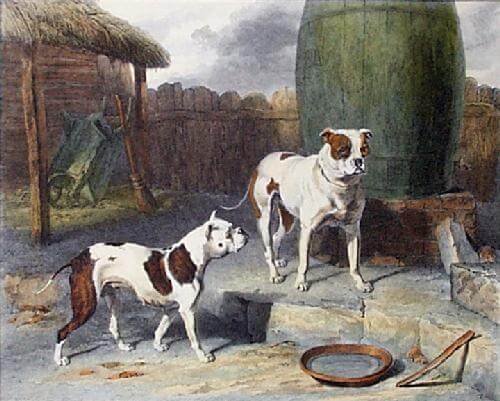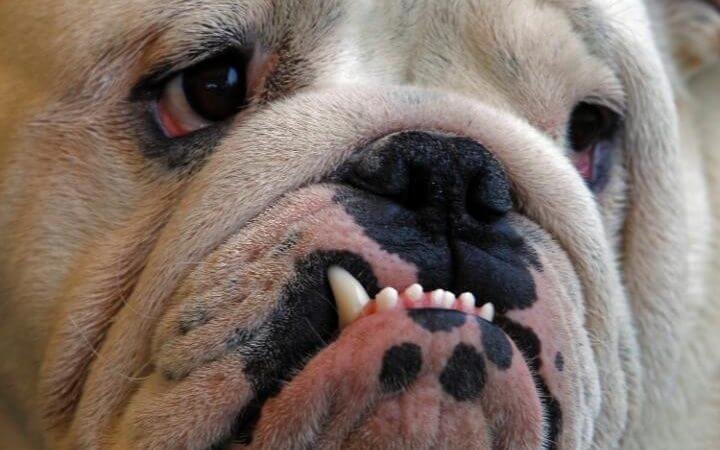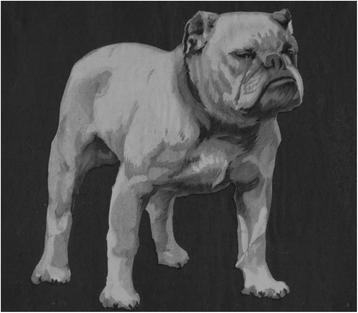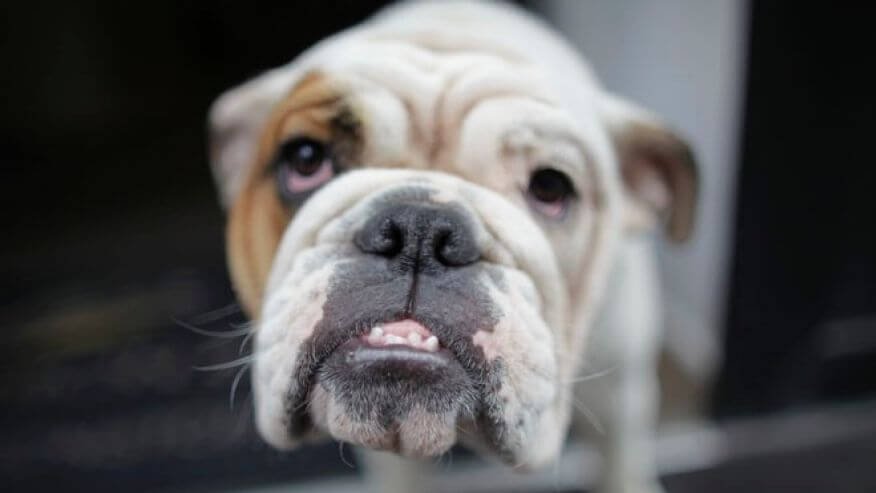A recent new genetics study by the University of California has found that English Bulldog, the much loved dog breed, is facing severe threats from selective inbreeding that breeders carry out in order to achieve popular traits in the dogs.
According to the report, which was published in the journal Canine Genetics and Epidemiology, centuries of inbreeding by various breeders to attain popular characteristics in the dogs has destroyed the breed, and has resulted in severe health problems for the dogs, such as various autoimmune diseases and allergies.

The research, lead by UCLA professor Niels Pederson, compared the DNA’s of 102 registered English bulldogs, to know whether there was enough genetic diversity in the gene pool, which is required to breed out any harmful genetic traits present.
But the analysis found out that they had very low levels of diversity resulting from a small initial pool of founding dogs, which was followed by genetic ‘bottlenecks’, resulting in increasing health problems in the breed.
The dogs have been traditionally mated within their gene pools to give desirable characteristics, and are considered to be the breed worst hit by the process. Inbreeding is carried out in order to ensure popular characteristics such as a shortened muzzle and the heavy set stature.

However, popular doesn’t necessarily translate into healthy. The modern bulldog is vastly different from it predecessors, both in appearance as well as physiology, and many claim that there is no such thing left as a healthy bulldog. A 2004 survey by the Kennel Club of UK found out that the dogs die at the median age of 6.25 years, which is almost half of the average age of dogs, lying around 12 years.

The differences that a modern day bulldog shows as compared to the older breed include:
- A wider and more stocky face, which causes respiratory tract problems and changes in larynx and trachea
- Difference in the shape of the skull and deformation of the cartilage surrounding it, which is responsible for problems related to the spine and the vertebra
- A shorter tail
- Excessive folds on skin, causing skin allergies due to unnatural sweating
- Disorders of the pelvic bones, resulting in difficulty giving birth, often necessitating C-section on birthing mothers
- Shorter and wider-spaced legs, making movement difficult and causing early advent of arthritis
But what should be done?
The solution proposed by the study is infusion of new bloodlines in the breed in order to cancel the effects of inbreeding. This means that the bulldogs need to be mated with other related dog breeds, such a the Olde English Bulldogge, which was a 1970s attempt by an American breeder to recreate the healthier working bulldog that existed in England during the early 1800s.

Prof Pederson, explaining the logic, told BBC, “If you want to re-build the breed, these are the building blocks you have, but they’re very few. So if you’re using the same old bricks, you’re not going to be able to build a new house.”
Breeders differ widely on what should be done to tackle the illnesses. Some argue that any deviation from the breeds standards would no longer make it an English Bulldog. Others argue that the English Bulldog has constantly evolved over the centuries and favour the introduction of new genetic material, known as outcrossing.
(Feature image source: Science and Dogs)

















